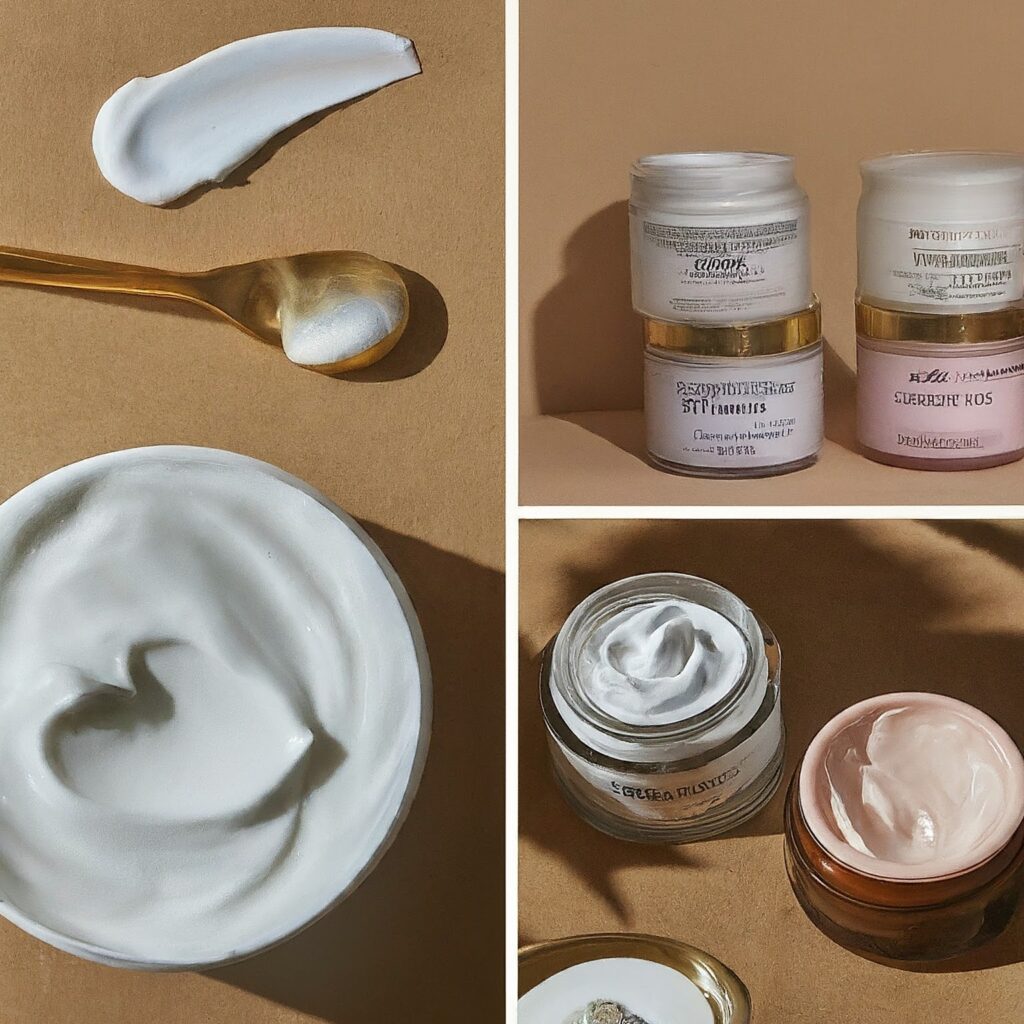Titanium dioxide. It’s a common ingredient lurking in many of your favorite creams, from moisturizers and makeup to sunscreens and even toothpaste. But with recent buzz about its potential safety concerns, you might be wondering: should you be worried about titanium dioxide in your creams?
What is Titanium Dioxide?
Titanium dioxide (TiO2) is a naturally occurring mineral that gives products their white color and opacity. It’s widely used in various industries, including cosmetics, food, and pharmaceuticals, due to its unique properties.
In creams, it serves several purposes:
- Sun protection: It acts as a physical sunscreen by reflecting and scattering UV rays, thus offering broad-spectrum protection.
- Opacifier: It gives creams a white, opaque appearance and improves their consistency.
- Thickener: It helps thicken creams and lotions, creating a smooth and spreadable texture.
Safety Concerns and Research: Titanium Dioxide In Creams
While its use in creams has been generally considered safe, recent research has raised some concerns about the potential risks of titanium dioxide nanoparticles. These tiny particles, smaller than 100 nanometers, can potentially penetrate the skin and enter the bloodstream, raising questions about their long-term effects.
Several studies have investigated the potential risks of titanium dioxide nanoparticles, with varying results:
- Skin irritation: Some studies suggest nanoparticles might cause skin irritation, particularly in individuals with sensitive skin.
- Inhalation risks: Concerns exist about inhaling titanium dioxide dust, mainly associated with powdered products, which could potentially impact the lungs.
- Genotoxicity: Some studies suggest potential genotoxicity (DNA damage) in certain scenarios, although further research is needed to understand the implications.
Navigating the Uncertainty: Titanium Dioxide In Creams

It’s important to understand that while research is ongoing, there’s still no definitive evidence of harm from titanium dioxide in creams. However, if you’re concerned or have sensitive skin, here are some steps you can take:
- Check the label: Look for creams that mention “nano” or “micronized” titanium dioxide, as these indicate the presence of nanoparticles.
- Consider alternatives: Many non-nano titanium dioxide options or creams without titanium dioxide altogether are available. Zinc oxide is a popular alternative for sun protection.
- Consult your dermatologist: If you have specific concerns related to your skin health, consult a dermatologist for personalized advice.
Beyond the Hype:
It’s crucial to approach information with a critical eye. Remember, sensationalized headlines don’t always reflect the complete picture. While research on titanium dioxide continues, it’s essential to stay informed but maintain perspective.
Key Takeaways:
- Titanium dioxide is a common ingredient in creams with various functions.
- Recent research has raised concerns about the potential risks of nanoparticles.
- While conclusive evidence of harm is lacking, options exist for those seeking alternatives.
- Consult your dermatologist for personalized advice if you have specific concerns.
Making Informed Choices:
Ultimately, the decision to use creams containing titanium dioxide is a personal one. By educating yourself and understanding the potential risks and available alternatives, you can make informed choices that align with your individual needs and preferences. Remember, a healthy dose of skepticism and open communication with your healthcare provider can guide you toward the best choices for your skin health and well-being.
Disclaimer: This blog post is for informational purposes only and should not be considered medical advice. Always consult a healthcare professional for personalized recommendations.
Titanium Dioxide And Pregnancy: A Hidden Risk You Need To Know





